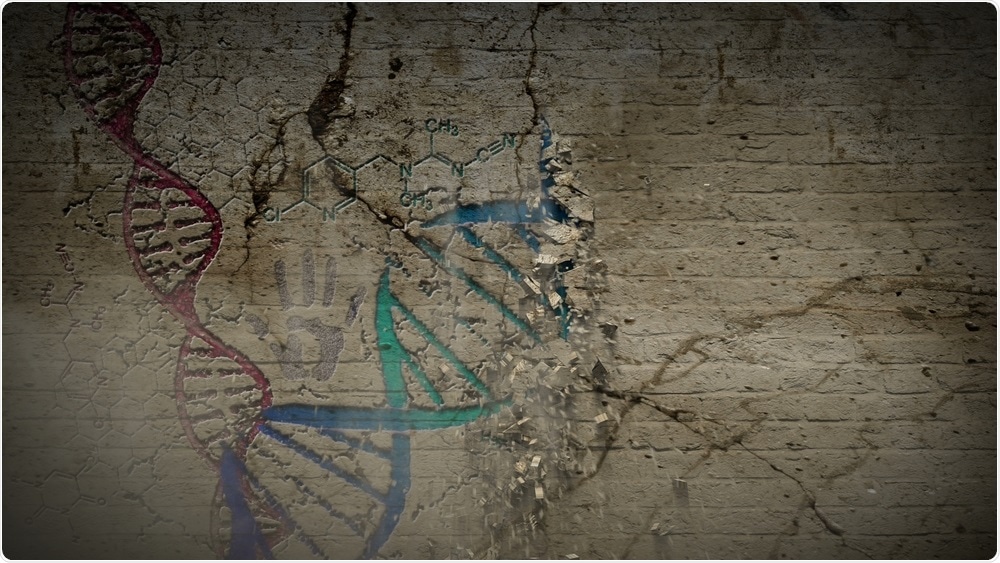According to a recent study performed by Newcastle University, using ancient and historical DNA data might guide conservation efforts.

Image Credit: SergioSH/Shutterstock.com
Ancient and historical DNA (a/hDNA), such as genetic data from specimens preserved in natural history museums, may be used to analyze population genetic patterns and processes that are significant for endangered species, according to an international team of conservation specialists.
The researchers report their findings in the journal Trends in Ecology and Evolution, demonstrating that a/hDNA may be compared to current data to help guide conservation efforts and legislation. Given that many of the ancient and historic samples were obtained prior to the major anthropogenic biodiversity loss, these data might be used to demonstrate how genetic diversity evolved through time, especially in response to human-related environmental changes.
Although genetic diversity has been recognized as a key component of biodiversity since the first Convention on Biological Diversity (CBD) in 1993, it has rarely been included in conservation policies and regulations.”
Dr Evelyn Jensen, Study Lead Author and Lecturer, Molecular Ecology, School of Natural and Environmental Sciences, Newcastle University
Dr Evelyn Jensen adds, “Even less appreciated is the role that ancient and historical DNA could play in unlocking the temporal dimension of genetic diversity, allowing key conservation issues to be resolved, including setting baselines for intra-species genetic diversity, estimating changes in effective population size, and identifying the genealogical continuity of populations.”
Our study shows that information from ancient and historical specimens can play a central role in preserving biodiversity and highlight specific conservation policies that could incorporate such data to help countries meet their CBD obligations.”
Dr Evelyn Jensen, Study Lead Author and Lecturer, Molecular Ecology, School of Natural and Environmental Sciences, Newcastle University
To boost the use and effect of a/hDNA research in maintaining biodiversity, scientists propose that genetic indicators should be explicitly incorporated in conservation policies. The function of a/hDNA in conservation efforts must be carefully conveyed to all players—both to advocate its advantages and to establish fair expectations of its potential—to be effective.
The authors also point out that the greatest impact will come from conservationists advocating for the use of genetic indicators in conservation policies.
Cristiano Vernesi of the Fondazione Edmund Mach in Italy is the Chair of the COST Action G-BiKE, and he organized the workshop that resulted in the findings published in this paper alongside Professor Tom Gilbert of the Globe Institute at the University of Copenhagen.
The current molecular tools allow to us to consider the countless historical and museum collections like ancient books that wait to be read. The content of these books is of direct interest for understanding the evolutionary trajectories of current organisms. By accessing the temporal dimension, we can estimate the direction and intensity of many important aspects such as gene flow, admixture and inbreeding.”
Cristiano Vernesi, Fondazione Edmund Mach
“To preserve as much as possible the integrity of these books, molecular geneticists have to work in close collaboration with museum curators and local communities. In the end, the unique information embedded in a/hDNA reinforces the researchers strong believe that any new policy and regulation targeting biodiversity resources management and conservation should include the genetic biodiversity component,” concludes Cristiano Vernesi.
Source:
Journal reference:
Jensen, E. L, et al. (2022) Ancient and historical DNA in conservation policy. Trends in Ecology & Evolution. doi.org/10.1016/j.tree.2021.12.010.